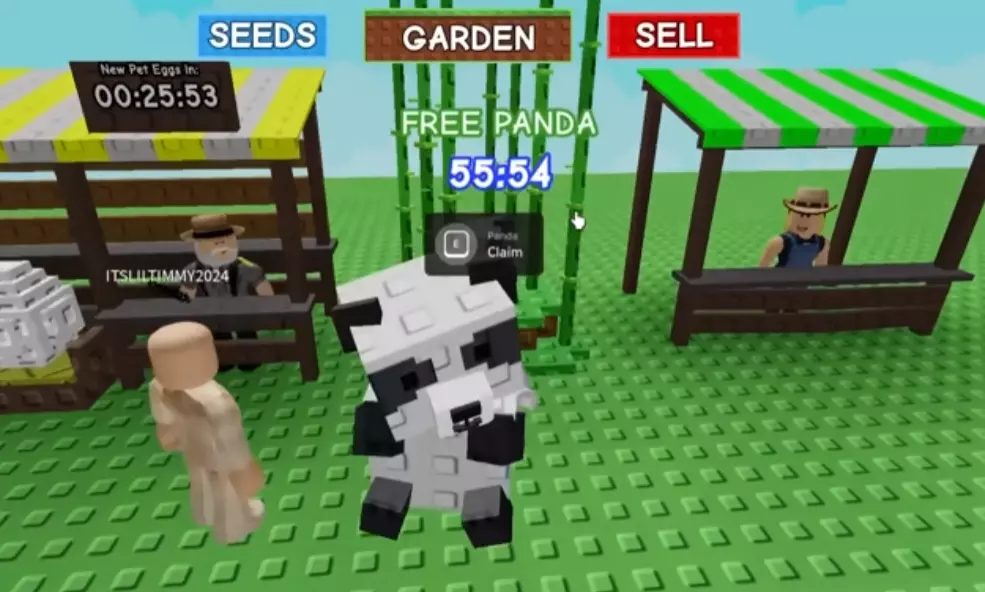 PhantomFa -
Mon at 12:21 AM -
Technology
grow a garden
Grow a Garden Items
-
47 views -
0 Comments -
24 Likes -
0 Reviews
PhantomFa -
Mon at 12:21 AM -
Technology
grow a garden
Grow a Garden Items
-
47 views -
0 Comments -
24 Likes -
0 Reviews

For players diving into Chicken Feed – Grow A Garden: How to Get, Mutations, and Stats, understanding the core mechanics of obtaining resources and optimizing your garden is key. Whether you’re aiming to unlock rare plants, maximize yields, or experiment with hybrid growth, having a solid grasp of the system can save both time and in-game currency. In this guide, we break down the essentials for both newcomers and veteran players.
How to Get Chicken Feed
One of the first questions many players encounter is how to acquire Chicken Feed – Grow A Garden efficiently. Chicken Feed serves as the primary resource for cultivating your garden, feeding chickens, and unlocking plant mutations. There are a few reliable ways to obtain it:
Daily Tasks and Quests: Completing routine in-game tasks often rewards Chicken Feed, making consistent play a steady source.
Harvest Bonuses: Ensuring your garden is properly maintained increases the amount of feed you receive from harvest cycles.
Special Events: Periodic in-game events may grant unique Chicken Feed rewards, sometimes bundled with rare seeds or mutation items.
Understanding Mutations
Mutations are at the heart of advanced gameplay in Chicken Feed – Grow A Garden: How to Get, Mutations, and Stats. By combining specific plants and feeds, players can generate hybrid crops with enhanced abilities. Key points to consider:
Experimentation: Not all combinations are obvious. Tracking results in a dedicated log can reveal hidden mutation patterns.
Rarity Levels: Some mutations are rare, yielding higher stats or unique effects for your garden.
Feed Quality Influence: The type and amount of Chicken Feed used often directly affect the likelihood of successful mutations.
Stats and Optimization
Knowing the stats of your plants and chickens is essential for strategic growth. Each element in Chicken Feed – Grow A Garden: How to Get, Mutations, and Stats contributes differently:
Growth Rate: Determines how quickly your plants reach maturity. Mutated plants may grow faster or yield more resources.
Yield Quantity: The number of items harvested per plant, which can be influenced by feed type or mutation combinations.
Resilience: Some mutations provide resistance to in-game challenges or reduce feed consumption.
By tracking these stats carefully, players can prioritize which plants to grow, which mutations to pursue, and how to allocate their Chicken Feed most effectively.
Conclusion
Whether you are a newcomer or a seasoned player, mastering Chicken Feed – Grow A Garden: How to Get, Mutations, and Stats is a rewarding part of gameplay. Focusing on feed acquisition, experimenting with mutations, and monitoring plant stats will provide a significant advantage and enhance your gardening experience. A strategic approach ensures not only a thriving garden but also a more enjoyable and efficient in-game progression.

